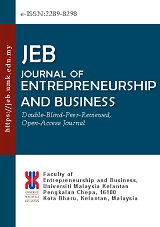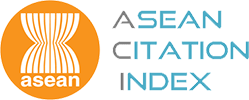Data Driven Segmentation System for Product Optimisation in Retail
DOI:
https://doi.org/10.17687/t4ecby79Keywords:
Product, System, Bundling, Optimisation, RetailAbstract
The rapidly evolving retail landscape necessitates the adoption of structured, data-driven strategies to maintain competitiveness and operational efficiency. Within this context, product bundling has proven to be an effective marketing and inventory optimisation strategy. However, many retailers continue to rely on manual bundling methods, which are labour-intensive and often fail to accommodate dynamic shifts in consumer purchasing behaviour. Traditional bundling approaches frequently overlook optimal product combinations, resulting in missed revenue opportunities and inefficient inventory utilisation. To address these limitations, this study introduces SmartBundle, an intelligent system designed to automate and enhance product bundling by integrating customer segmentation and data analytics techniques. The system was developed using the Systems Development Life Cycle (SDLC) methodology, providing a structured framework that guided the progression through key phases, including requirements analysis, system design, implementation, testing and maintenance. At its core, SmartBundle utilises a MySQL relational database structure for efficient data indexing and retrieval, which supports the scalable processing of customer and product data. By applying clustering algorithms, such as K-Means, the system is capable of categorising products based on purchasing patterns, identifying high-potential bundling opportunities and minimising the accumulation of surplus inventory. This data-driven method enables retailers to dynamically adjust their bundling strategies in response to market demands, thereby improving both operational performance and overall profitability.








